We have been out and about in Border country. This part of the world is rolling and green and utterly lovely at this time of year. The fields are full of lambs and calves; the hard edges of the roadside are softened with the haze of new growth; the hedgerows are white with hawthorn and cow parsley. “It really looks like England,” said Tom, as we drove South. “Probably the hedgerows,” I replied. However much Wordsworth tried to gloss them as natural – “little lines / Of sportive wood run wild” – hedgerows are, of course, one of the obvious signs of private property and enclosure. This landscape is completely parcelled up inside their pretty green walls. Pretty stone walls abound down here, too.
We had crossed the border to have a walk around the Borders’ definitive wall – the one belonging to the Emperor Hadrian.
It has been quite a while since I’ve done any low-level walking in England, and I found it interesting. The land is fertile and well-drained; the paths are clear and well-defined. There are stiles and gates enabling you to pass through the criss-crossing walls and hedges. There are wooden waymarkers everywhere — one rarely has to consult the map. There are wary sheep and dubious cows. One’s dog must walk to heel at all times. I am not saying that the Highlands are in any sense any more wild or natural or anything – Scottish landscapes are, of course, equally carefully managed and controlled. It is just different, and those differences feel quite striking.
The most interesting walls we saw yesterday were those at the Roman fort of Vindolanda. When researching a feature a while ago, I had read about a child’s sock that had turned up at the Vindolanda excavations – an ancient, envelope-shaped bootee of woven wool. It had been pulled from the ground intact, and is probably the oldest complete woolly sock in existence in Britain. I really wanted to see it.
If you haven’t been to Vindolanda, I would definitely recommend it. The site’s finds are marvelous, and are presented extremely well in the recently-refurbished museum. Being a snotty historical type, I was less sure about the 1970s reconstructions of a wooden gatehouse and section of wall, but the museum collections really blew me away. No photography allowed, so I can’t show you any of these wonderful objects, which I found moving in their ordinariness and what they suggested about daily life in a garrison town on the edge of Empire. The textiles were the highlight for me: the sock was incredible, and certainly well-worth the wait, and there was also an intriguing insect-proof wig, and an amazing and very beautiful collection of shoes (Vindolanda probably has the best-preserved collection of Roman leather in the world). References to textiles abound, too, in Vindolanda’s famous writing tablets, with one correspondent sending the no-doubt grateful recipient “socks from Sattua, two pairs of sandals and two pairs of underpants.”
After all those walls, we crossed back over the border to take advantage of Scotland’s more liberal ideas of public access with a spot of wild camping.
There is nothing quite like a copper beech on a soft Summer evening
even the bracken looked nice
and you can’t argue when your chosen spot comes complete with its own swimming pool.

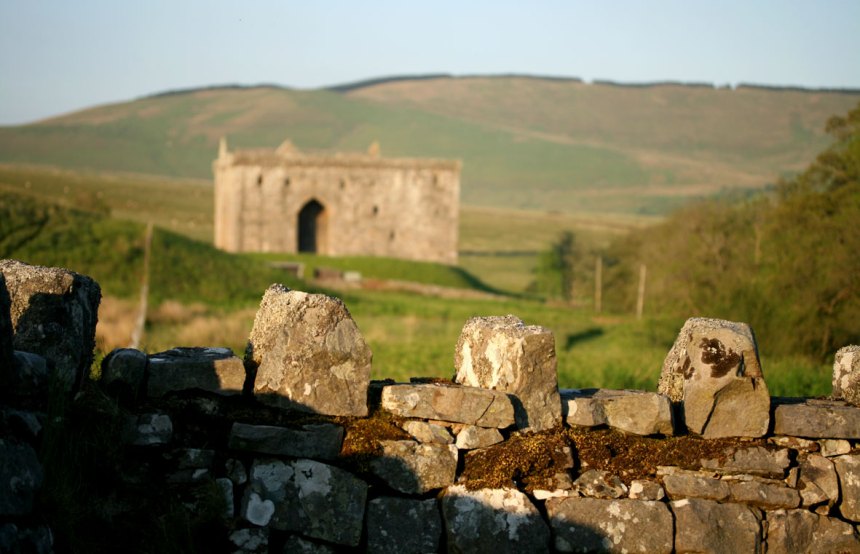
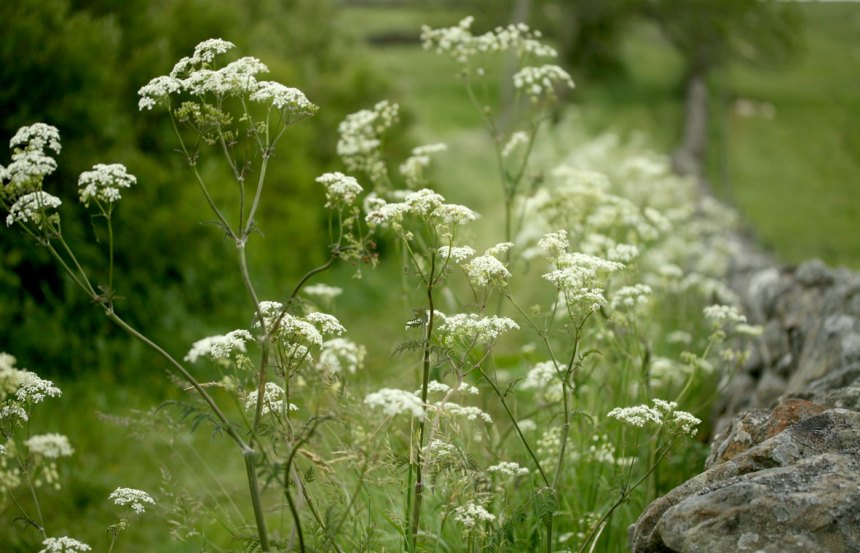
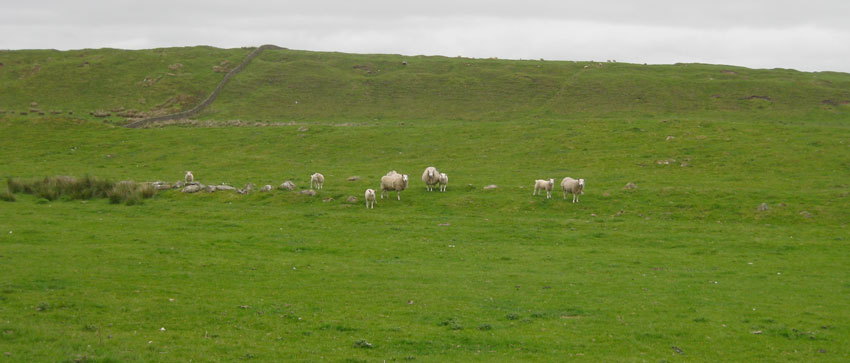
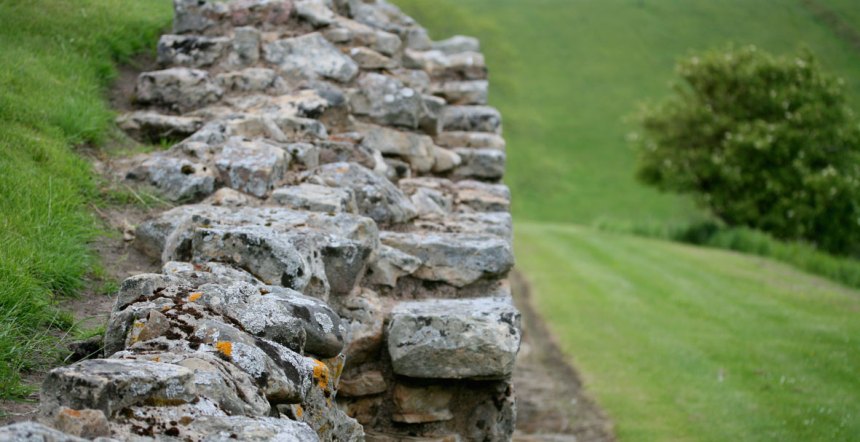
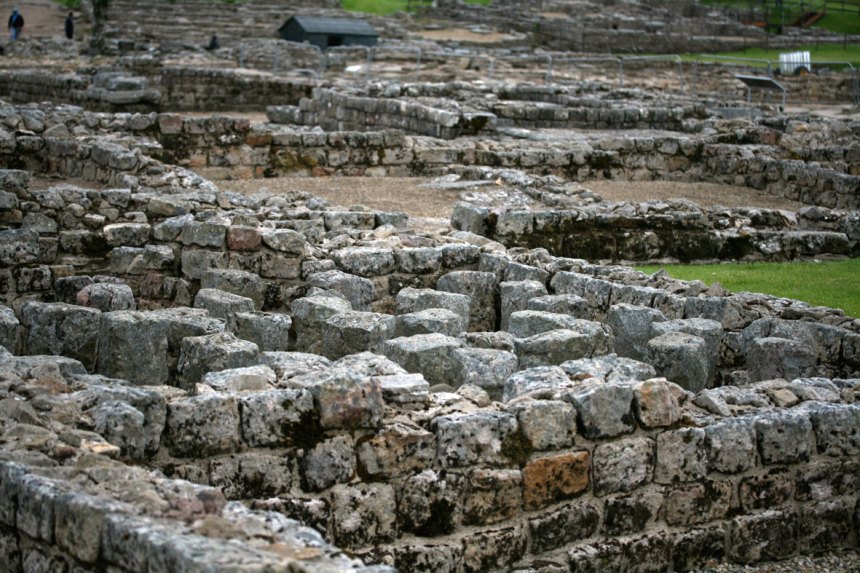
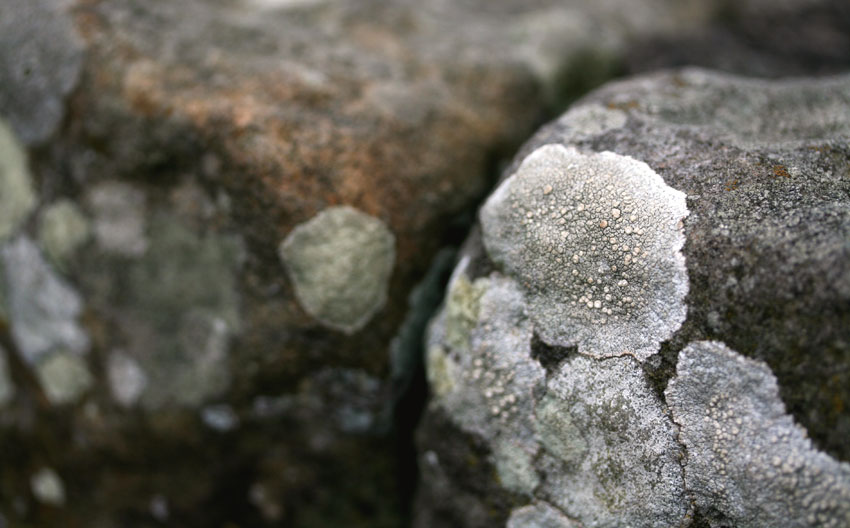
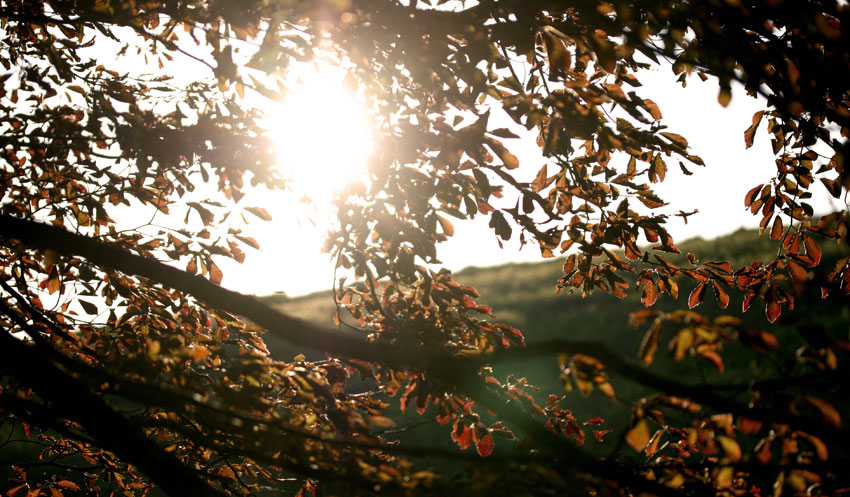
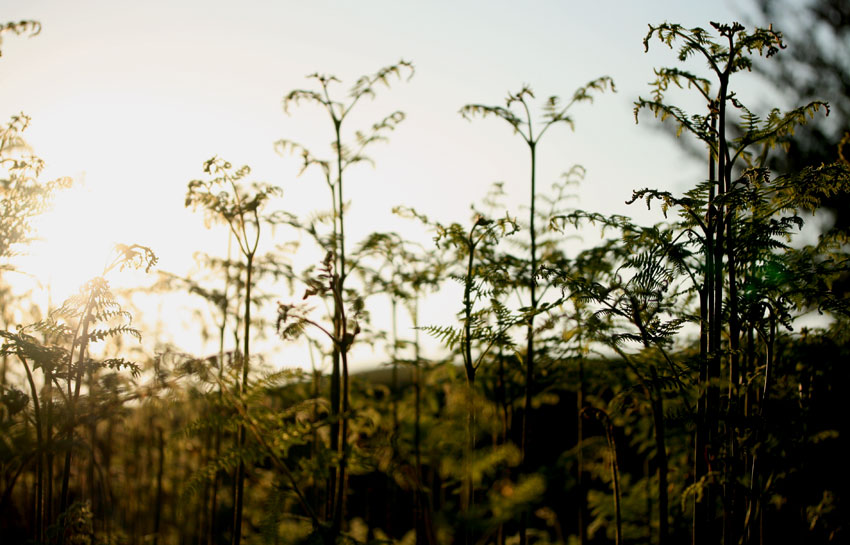
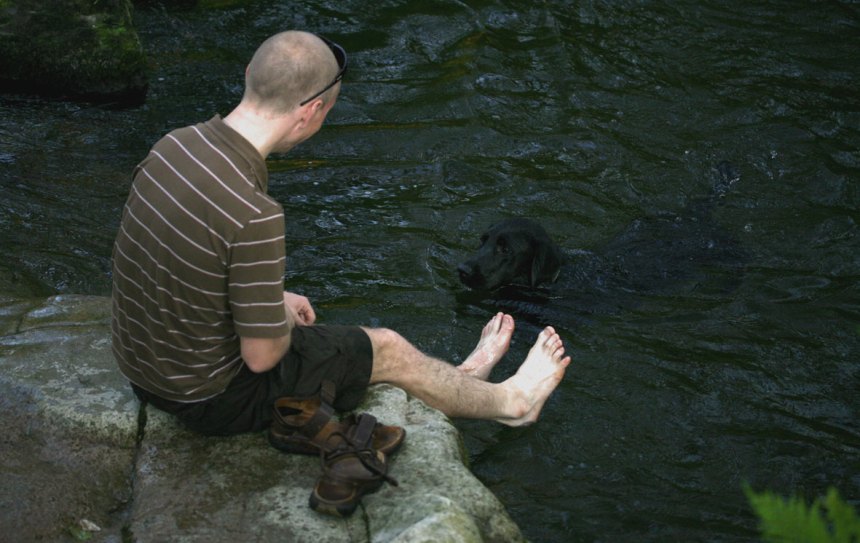
Lovely photos. I feel transported looking through them. Thanks for sharing!
thistle handmade
LikeLike
love your pictures.. I have a love of horizones . Would enjoy your countryside. Thank you .
LikeLike
Yours is the countryside I crave most, verdant, moist, as here in California shrivels into a crisp. I will no doubt enjoy this particular post time and time again through the summer . Lovely !
LikeLike
How lucky you are to be able to visit such a majestic place! Thank you for sharing it with us.
I especially love the letter. No doubt a mom whose child went off to camp & forgot to pack socks & underwear!
LikeLike
Here’s a picture of the sock:
http://vindolanda.csad.ox.ac.uk/exhibition/Sock.shtml
LikeLike
Thank you for such a delightful, photographic journey through what I think of as the chosen land! And a happy swimming pup just can’t be topped.
LikeLike
Thanks for this post Kate. My husband and I and two friends will be visiting this very part of the world in September and we’re very much looking forward to exploring!
LikeLike
I live just a few miles from Vindolanda but you have reminded me that I haven’t visited for a couple of years – I must go back and see the sock (I may have to incentivise the children with the promise of ‘Roman Hide and Seek’ which is their favourite occupation at either Vindolanda or Housesteads. Going to see a sock won’t do the trick for them!). Coincidentally I was visiting Edinburgh for the day while you were at Vindolanda and I thought of you on more than one occasion.
LikeLike
I love Vindolanda! I went there as a volunteer digger a couple of years ago, and I’m going again this year. Can’t wait.
LikeLike
Oh, that just looks so lovely, all of it. And the lone sock is intriguing. It makes all the history seem more like it may have actually happened.
LikeLike
That sounds like a great holiday! Thanks for sharing the photos.
LikeLike
Wonderful photos and what a treat to read you blog!
LikeLike
How beautiful the countryside is – and how very nice that you all spent such a very pleasant summer’s day. That is what it is all about….
LikeLike
This really makes me want to visit again – the landscape is so different to Australia where fields seem so dry and we don’t have any exciting ruins
LikeLike
Hey Kate, I know you closed the protective wear thread. But I just happened across this old fashioned pattern. I thought it might interest you. Cheers,
Katherine
http://home.earthlink.net/~daveandgrace/id14.html
LikeLike
Oh wow! When I was a little girl my uncle was a shepherd on the farm next to Hermitage Castle. My cousin Linda and I used to play in and around the castle, it was our private playground, long before it became an”attraction” with rules and entrance fees. My cousin Linda is currently in Newcastle Infirmary, just having had a stroke…….How strange connections are and thankyou so much for the lovely image. I will tell Linda all about you and your blog as soon as it is possible. Thankyou
LikeLike
Looks lovely! A very restful place! Cx
LikeLike
You live in the most amazingly beautiful place in the world!!!! I have a passion for lovely walks and what you experienced is my idea of perfection ~ enjoy :)
LikeLike
Just felt inspired today to let you know that yours is my favorite blog. As a historian (of American religious and cultural history) and an avid knitter I find your writing and photos endlessly engaging. My grandfather’s family is from Scotland, and I’ve not yet had the opportunity to visit–so I enjoy the scenery as well!
LikeLike
What a wonderful way to spend a day tapping into the best of nature and all that ancient history. I have been watching a DVD called “Standing with Stones a journey through Megalith Britain” and it is very moving to think of our ancient ancestors and the lives they lead. I can only imagine the wonder of being on site.
LikeLike
Thank you for this interesting trip. I would love to visit there one day.
LikeLike
Looks so delightful, and like everyone had a good time (Bruce especially).
LikeLike
Lovely walking and so nice photos!
good sunny day
LikeLike
Yep, the Canadian and American landscapes are beautifully different, but what they have in common is the lack of ancient human presence. We are not short of gorgeous scenery; however, there is nothing here centuries old made by man. The Native Americans were either nomads or they made their structures from wood or snow which does tend to be reclaimed very easily by Nature. Anyway . . . I miss the UK.
LikeLike
I agree that there is a more pervasive sense of ancient human presence in Europe, but the Hopewell mounds in Ohio and other parts of the eastern US are an exception. When I was a student I explored some of the mounds in southern Ohio, and at these earthworks one can’t help but feel some sort of presence of the people who built them. Standing in the woods near Fort Hill in the early spring it seemed as if the souls that had occupied that place were not too far away…
LikeLike
Ooops, I meant to say in the UK…
LikeLike
We find occasional very old petroglyphs ( rock carvings.. often near water) over here on Vancouver Island, but the ancestors here did indeed leave few marks on their forests and rocks.
But the first nations ancestors do give..’ their presence’. The message you can hear if you lean over to a massive old douglas fir and imagine an elder dressed in cedar :
” leave no mark, we are watching. We are loving the land with you”.
Many of the present day native peoples know the stories and help us to know their ancestors are there feeling the land with us, happy, sad, amused, singing, watching.
LikeLike
Such a relaxing visit. I enjoyed it very much.
LikeLike
What lovely walking that must have been! I feel the same way about the U.S. and Canadian landscapes…as a Canadian I find that when I travel in the U.S. the landscape is essentially the same but somehow very different. There are subtle differences that remind you that you’re in a different country.
Happy walking!
LikeLike
Another not so little trip away from all the hustle bustle and stress of the day. It is on my bucket list. You are doing an awesome job!
LikeLike